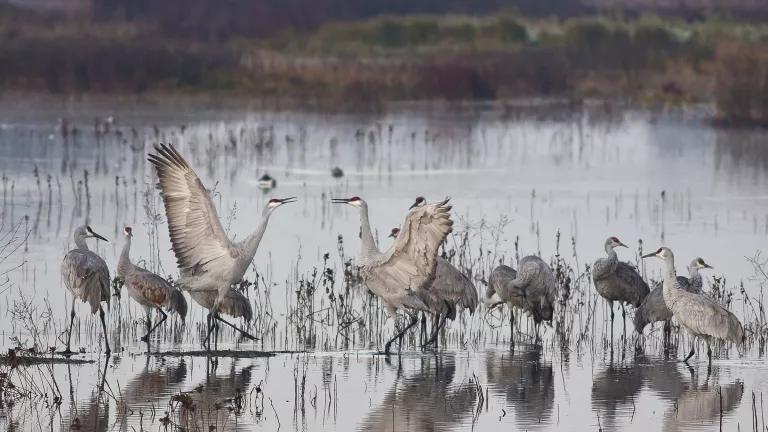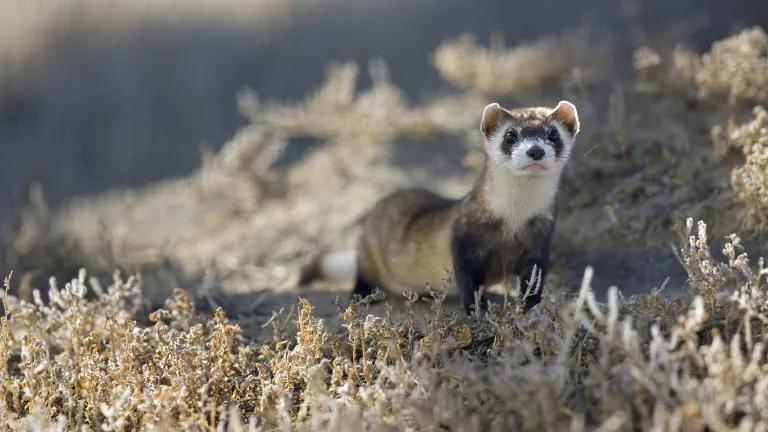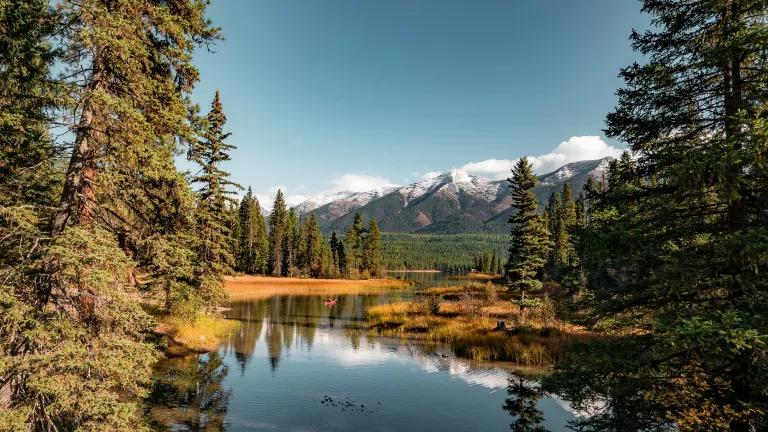This Land Is Your Land
National Public Lands Day provides us with an opportunity to practice resilience, restoration—and #resistance.

Muir Woods National Monument, California
National Public Lands Day provides us with an opportunity to practice resilience, restoration—and #resistance.
“The tendency nowadays to wander in wildernesses is delightful to see,” wrote the naturalist John Muir in Our National Parks, his 1901 love letter to America’s gloriously unspoiled, spirit-renewing public lands. “Thousands of tired, nerve-shaken, over-civilized people are beginning to find out that going to the mountains is going home; that wildness is a necessity; and that mountain parks and reservations are useful not only as fountains of timber and irrigating rivers, but as fountains of life.”
At the time of the book’s publication, you could count the number of designated national parks on one hand. But Muir’s message resonated. Conservationists, policy makers, and presidents (including, most famously, President Theodore Roosevelt) recognized the importance of protecting and preserving our public lands, a recognition that led to the establishment of the National Park Service in 1916. These early advocates were determined to make sure that our public lands would always be there for Americans—all Americans—as a kind of spiritual balm: a reminder of both our place in nature and our solemn obligation to it.
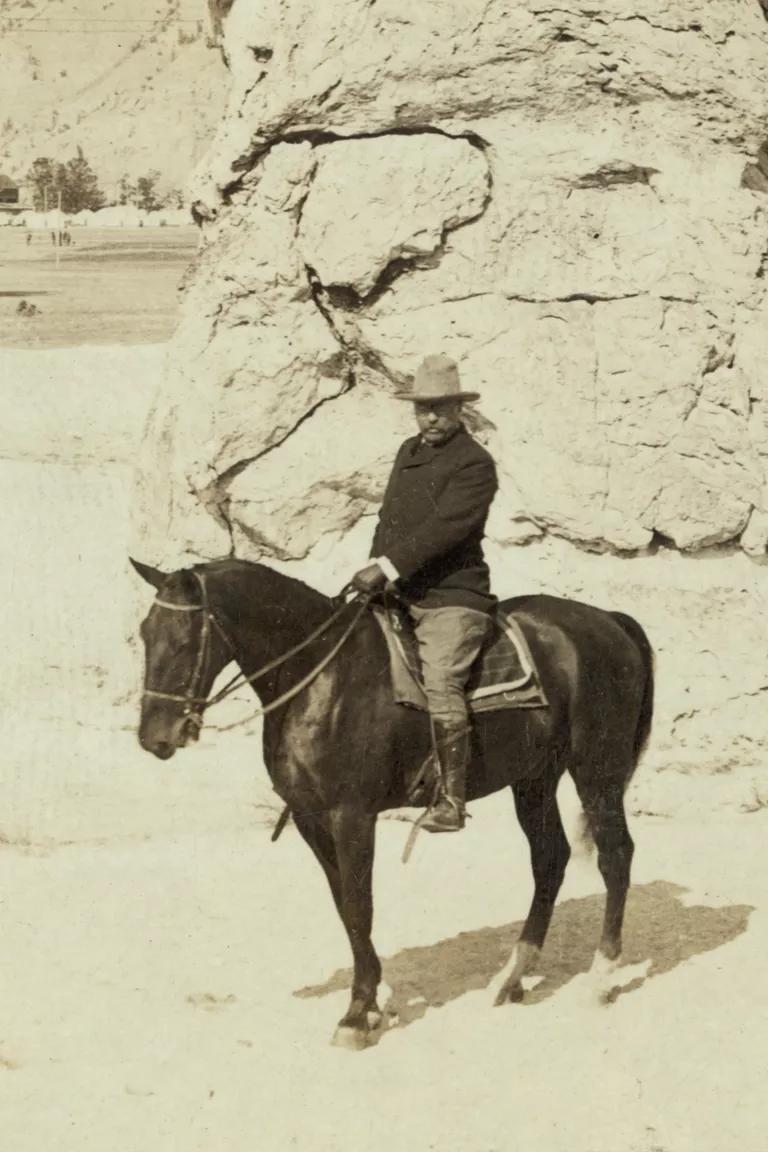
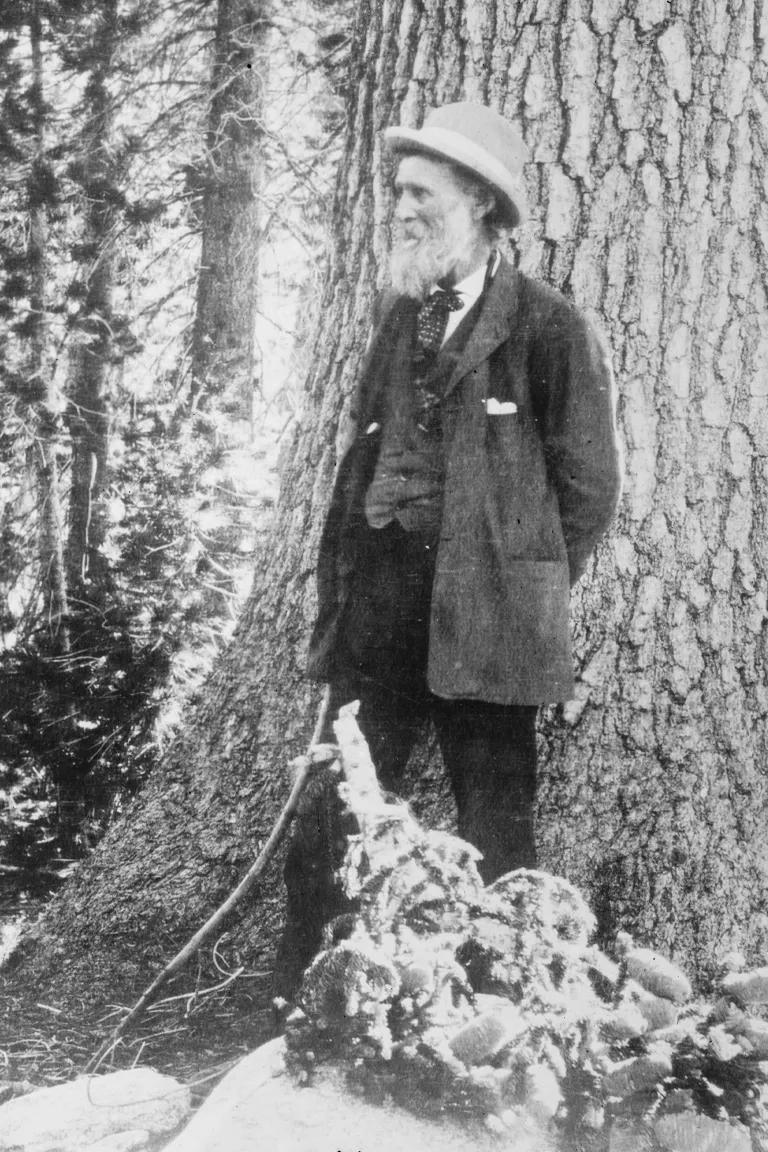
Left, Theodore Roosevelt visiting Yellowstone National Park in the early 1900’s. Right, an undated photo of John Muir in Muir Woods.
R.Y. Young/Library of Congress.
; 2)Bain News Service/Library of Congress
This Saturday, September 22, is National Public Lands Day. Every year, the fourth Saturday in September is set aside for the appreciation and celebration of thousands of national parks, forests, wildlife refuges, monuments, historic sites, and other lands that are owned by the American people and managed by the federal government. In addition to enjoying free admission on this date, visitors to these lands can volunteer at more than 2,000 sites and receive a coupon for free entry at a future date to the public land of their choice. This year’s volunteer events include opportunities to help out with beach restoration, prairie restoration, path clearance, invasive plant removal, and many other tasks supporting the health and well-being of these great American spaces. (Search here for opportunities near you.)
The theme of this year’s National Public Lands Day—“Resilience and Restoration”—couldn’t be more timely. Climate change has seen to it that our wildest, most wide-open spaces are more vulnerable than they’ve ever been to wildfires, floods, droughts, species extinction, and other threats.
But some of the biggest threats to these spaces aren’t climate related. Perversely, they’re coming from the very individuals who have been tasked with protecting our public lands and keeping them healthy and pristine. So far, the story of the Interior Department under President Trump has been a story of bad faith and worse outcomes. While publicly paying lip service to ideals of stewardship and conservation, Secretary Ryan Zinke has actively been working to strip public lands and waters of their protections, making it far easier for oil and gas companies to set up shop there. If he gets his way, more than a hundred million acres of offshore waters and tens of millions of acres of public land could be handed over to extractive industries—including waters and lands that have been held culturally sacred by indigenous peoples for thousands of years.

Arches National Park, Utah
Our public lands belong to the American people, not to corporations. In fact, they have been set aside expressly to prevent their exploitation by industries that would forever alter their character.
This Saturday, if you’re able, visit one of them. Volunteer if you can. The good work done by the tens of thousands of volunteers who show up on National Public Lands Day each year is absolutely crucial to the maintenance and upkeep of our most special, most spectacular places.
But once you’re back home, consider helping them out in another way: by signing a petition letting Secretary Zinke know that Americans oppose the corporate land-grab he’s been facilitating. He’s either forgotten or (more likely) never fully absorbed the wisdom of John Muir, Teddy Roosevelt, and others who saw so clearly that public lands are indeed “fountains of life”—not just revenue streams.


